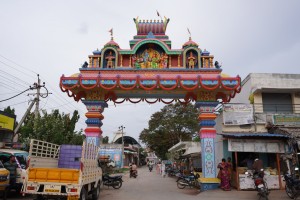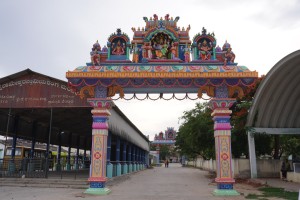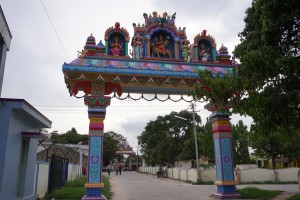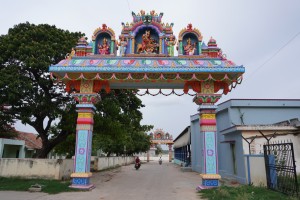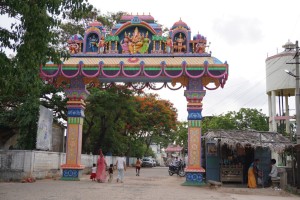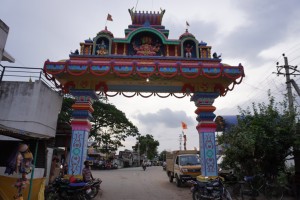
Shree Kshetra Belaguru, is a small town in Chitradurga District, Karnataka State, South of India. It is approximately 24 kms from Hosadurga, the Taluk Headquarters, and 200 kms from Bengaluru, the State capital.
Belaguru, as the name translates to the ‘Town of Light’, is indeed a spiritual beacon for all Life on earth, with a hallowed past, dating more than 1000 years. This town was known to be a haven for the revered sages, mendicants (sadhus) and monks, who stayed here and performed austerities to achieve salvation. Notable among them, was the venerated Sage Agasthya, who was/is considered to be the most accomplished. He is said to have stayed here for a long time, performed penance and conducted many yagas, homas and havanas, to propitiate the Divine and seek blessings, for the benefit of mankind. In particular, he had performed the famed Jyostishtoma Somayaga, (One of the Somayaga in Saptha Soma Samsthas) sometime at the end of Dwaparayuga.
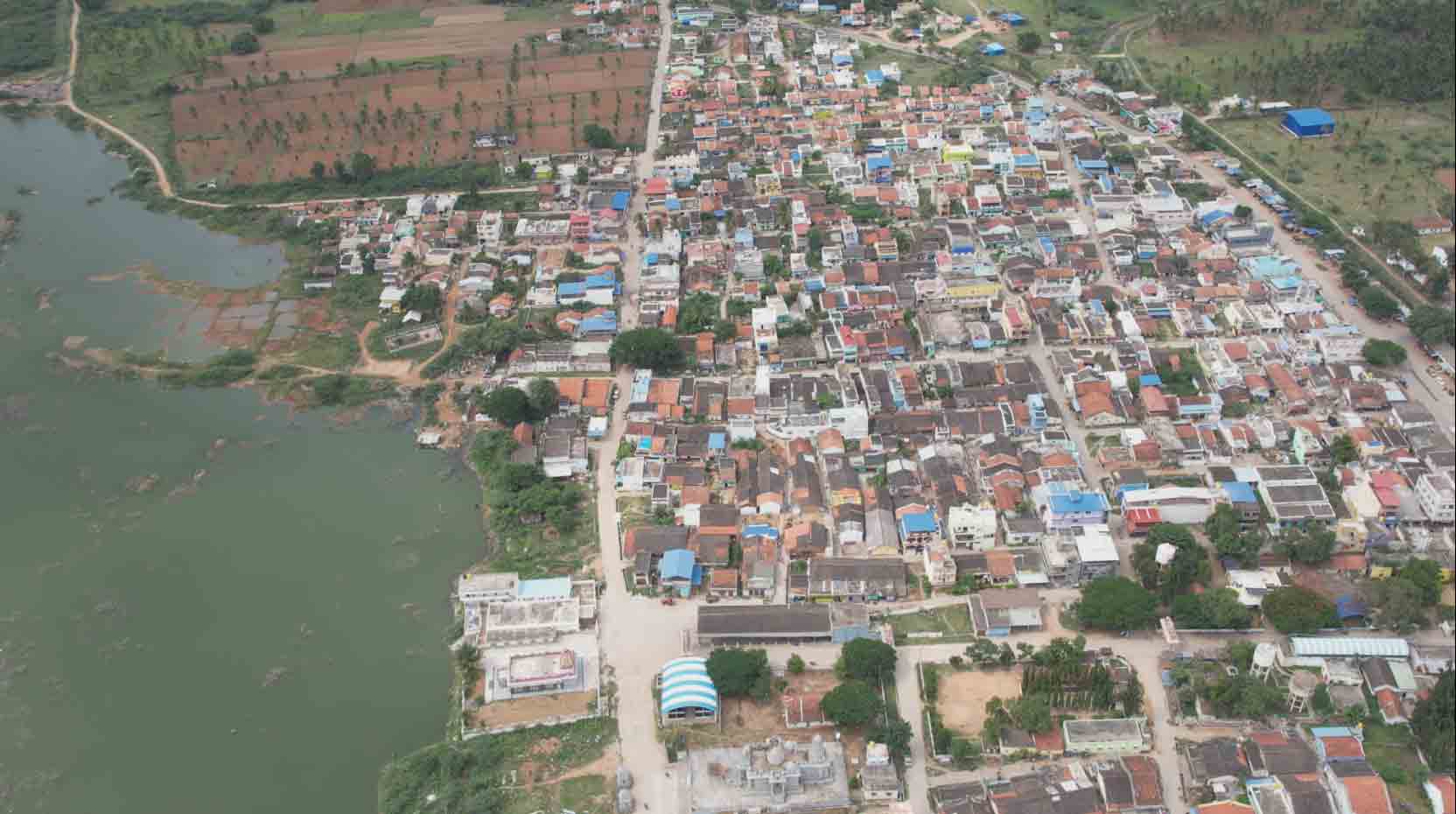
Physical evidence has also been unearthed to prove the sanctity of this august township. This happened when the foundation digging for the residential complex, Shree Rama Manasa Mandira, was undertaken, on Yuva Samvathsara’s Karthika Shukla Trayodashi in 1995. Avadhootha Sadhguru Bindumadhava Sharma Mahaswamiji, slipped into the divine trance and ordered for the digging to commence at the northern point of the land. This part, though unapproachable, was dug up by the devotees. As the unearthing progressed, a large Yagnakund (the pit for performing the Yaga) came into view, with a layer of ash at its bottom. The brick layer of the pit came into view as well. They were all collected. When subjected to carbon dating, their existence during those ancient times was confirmed. Some bricks have been preserved in the Kshetra.
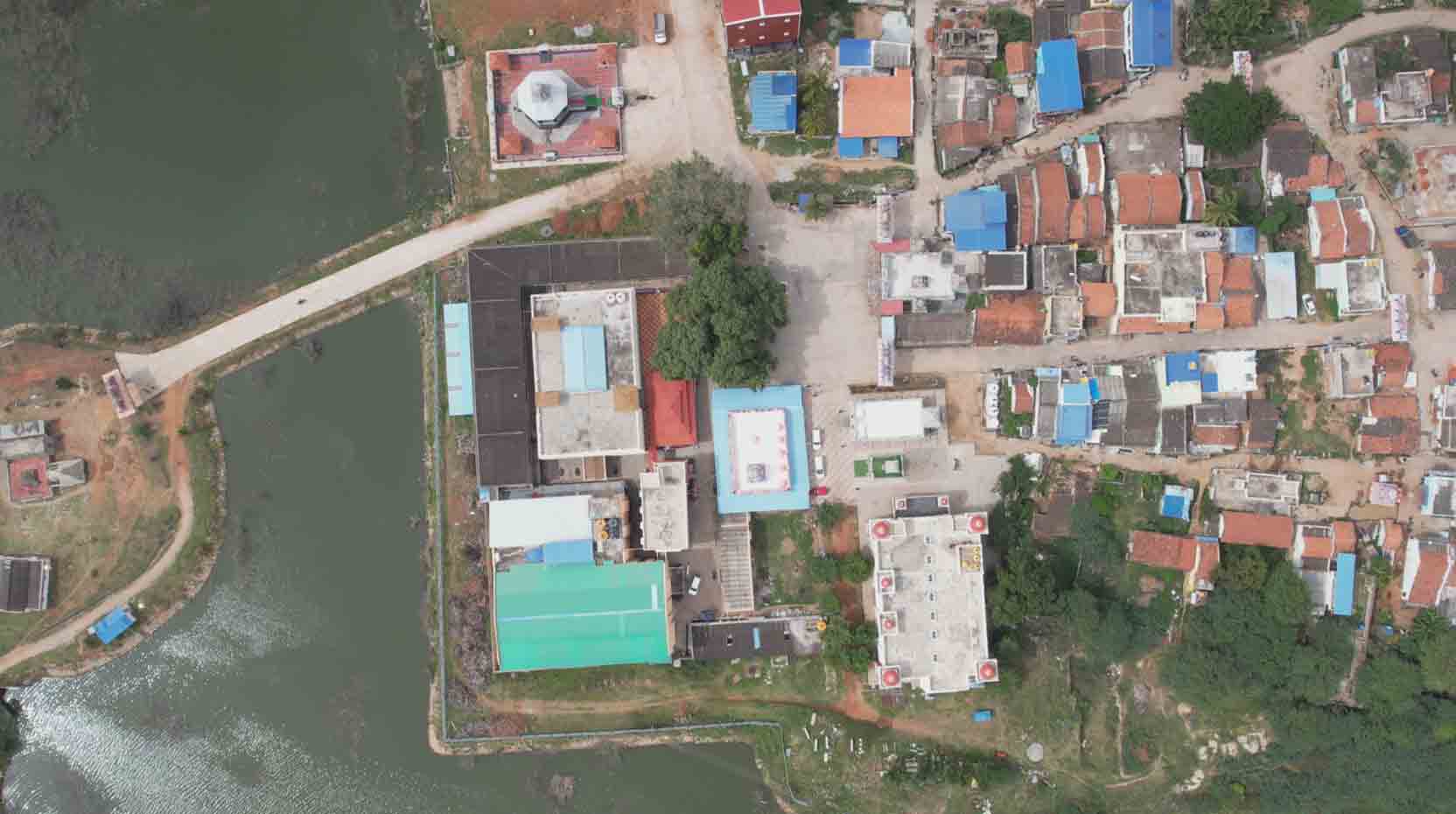
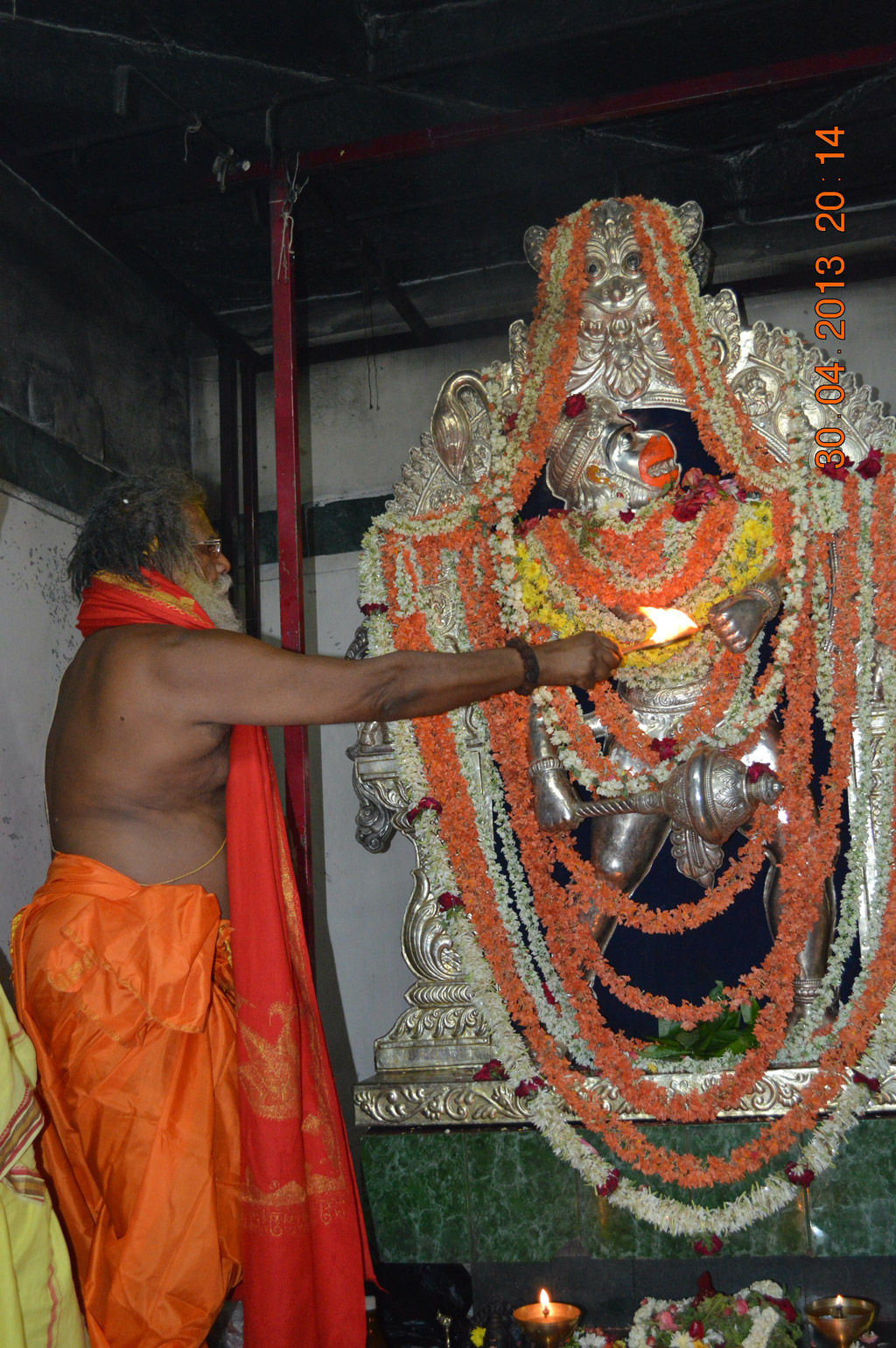
The town gained further importance with the Being of Avadhootha Sadhguru, who was merged with the epitome of devotion, selfless service and the presiding deity, Shree Anjaneya. In fact, Belaguru was and is still known as the abode of the ‘breathing’ or ‘the walking-talking’ Anjaneya. With the dual disposition of Divinity & Guardianship, Shree Shree Bindumadhava Sharma Mahaswamiji, became the guiding light to many a seeking soul and alleviated the mortal lot, from this august location.
Another exclusive feature of this Kshetra is the establishment of the 9 arches or dwaras, through which the devotees enter the Shree Kshetra. Conceived by His Holiness, Avadhootha Sadhguru & consecrated by His Holiness Shree Jagadguru Shankaracharya Dakshinamnaya Shringeri Shree Sharadapeethadheeshwara Shree Shree Bharathi Theertha Mahasannidhanam, on Vikruthi Samvathsara’s Chaitra Krishna Chathurthi, 2nd April, 2010, these arches have multi symbolic representations.
Structurally, they add to the beauty of the Kshetra, as unique, colourful entry points.
Initially, Avadhootha Sadhguru had planned to construct 4 dwaras, corresponding to the 4 vedas, Chathurveda, as the paths available to attain the Lotus Feet of the Lord Anjaneya.
Namely,
- Rigveda
- Yajurveda
- Samaveda
- Atharvaveda
Physically, each of the dwaras leads the seeker to reach the temple of Lord Anjaneya for His Grace & Blessings.
Spiritually, one could attain the Divine Grace, through the cerebral knowledge stated in each of the Vedas.
After the 4 dwaras were constructed, it was decided to add 5 more dwaras in the Belaguru township. They hence became Navadwaras, available for the devotee to reach his goal.
Physically, they beautified the town, leading the devotee to his destination…the temple of Lord Shree Anjaneya and the Lotus Feet of Avadhootha Sadhguru.
Spiritually, they symbolise the nine orifices or openings in the human body – the nostrils , the eyes, the ears, the mouth and the excretory points. Sadhguru thus presented the homily that the human body itself is the ultimate refuge and the temple of salvation, in this tangible, simple form, as the first lesson in spiritual upliftment. To enable the union of Athma with the Paramathma, it requires self-control, inner strength and courage to traverse the difficult path to salvation.
The second interpretation for the instituting of these arches is with respect to Bhakthi.
To understand the power of Bhakthi, the following Bhagavadvaakya (Shloka narrated by the Lord Krishna Himself) in ShreemadBhagavatha Purana, to all beings, gives the answer;
यथाग्निः सुसमृद्धार्चिः करोत्येधांसि भस्मसात् ।
तथा मद्विषया भक्तिः उद्धवैनांसि कृत्स्नशः । ।
“Just as the piece of wood burns into ashes when dropped into the fire, in the same way, your bhakthi to ME will burn your sins away”
According to the Srimad Bhagavatha Purana, the nine aspects of the singing accepted bhakti practice are listed:
(1) shravana (listening to the Leela or the Play of the Sublime),
(2) keerthana (singing in praise of the Sublime),
(3) smarana (remembering the Leela or the Play of the Sublime),
(4) paada-sevana (service to the feet of the Sublime),
(5) archana (worshipping the Sublime),
(6) vandana (bowing to the sublime),
(7) daasya (service to the sublime),
(8) sakhya (friendship with the sublime),
(9) Aathma-nivedana (surrender of the self to the sublime),
Physically, each of the dwaras represents one aspect of the nine nishkama or selfless Bhakti aspects offered to the Lord. Hence, each dwara is an inspiration to serve in that mode, with devotion.
Physically, each of the dwaras represents one aspect of the nine nishkama or selfless Bhakti aspects offered to the Lord. Hence, each dwara is an inspiration to serve in that mode, with devotion.
Belaguru is truly the destination for experiencing bhakti or devotion, nishkama seva or selfless service, and total surrender to the Eternal One.

